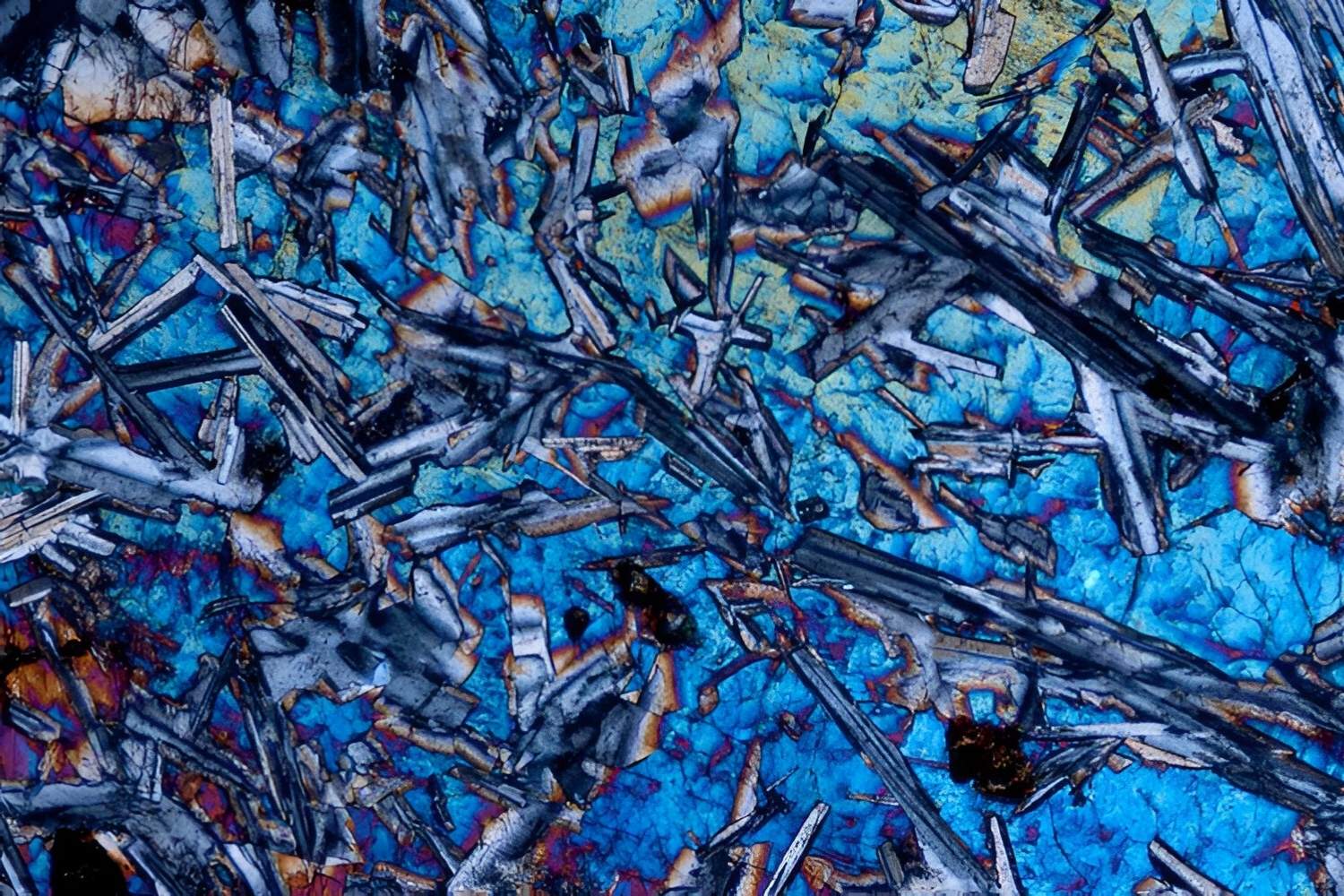
Tranquillityite is a rare mineral that was first discovered on the Moon during the Apollo 11 mission. Did you know that it wasn't found on Earth until 2011? This mineral is composed of iron, zirconium, yttrium, titanium, silicon, and oxygen. Tranquillityite is named after the Sea of Tranquility, the lunar mare where Apollo 11 landed. Interestingly, it forms in tiny, needle-like crystals and is often found alongside other minerals like ilmenite and troilite. Why is it special? Because it helps scientists understand the geological history of both the Moon and Earth. Want to learn more? Here are 30 fascinating facts about this unique mineral that will leave you amazed!
Key Takeaways:
- Tranquillityite, a rare mineral found on the Moon and Earth, helps scientists study lunar geology and understand the Moon's formation and evolution. Its unique properties make it valuable for scientific research.
- With its shiny appearance and rarity, tranquillityite has captured the public's imagination, inspiring documentaries, discussions about lunar geology, and even science fiction stories about lunar exploration.
What is Tranquillityite?
Tranquillityite is a rare mineral first discovered on the Moon. It has since been found on Earth, but its lunar origins make it special. Here are some fascinating facts about this unique mineral.
- Tranquillityite was discovered during the Apollo 11 mission in 1969.
- It is named after the Sea of Tranquility, the lunar mare where Apollo 11 landed.
- The mineral's chemical formula is (Fe^2+,Zn)2(Y,REE)3(Ti,Fe^3+)2Si3O12.
- Tranquillityite is a silicate mineral, meaning it contains silicon and oxygen.
- It was one of three new minerals discovered on the Moon, along with armalcolite and pyroxferroite.
Tranquillityite on the Moon
The Moon's surface holds many secrets, and tranquillityite is one of them. Here's more about its lunar presence.
- Tranquillityite is found in lunar basalt, a type of volcanic rock.
- It forms in the presence of high temperatures and low pressures.
- The mineral is typically found in tiny grains, often less than a millimeter in size.
- It is associated with other lunar minerals like ilmenite and troilite.
- Tranquillityite's discovery helped scientists understand the Moon's geological history.
Tranquillityite on Earth
Though first found on the Moon, tranquillityite has also been discovered on Earth. This section explores its earthly occurrences.
- Tranquillityite was first identified on Earth in 2011 in Western Australia.
- It is found in ancient volcanic rocks, similar to those on the Moon.
- The mineral is extremely rare on Earth, making it a prized find for geologists.
- Its discovery on Earth confirmed that lunar and terrestrial geology share similarities.
- Tranquillityite on Earth is often found in association with zircon and baddeleyite.
Scientific Significance of Tranquillityite
Tranquillityite's unique properties make it valuable for scientific research. Here are some reasons why.
- It helps scientists study the formation and evolution of the Moon.
- The mineral's composition provides clues about the conditions under which it formed.
- Tranquillityite can be used to date lunar rocks, offering insights into the Moon's age.
- Its presence on Earth and the Moon suggests similar volcanic processes occurred on both.
- Studying tranquillityite can improve our understanding of planetary geology.
Physical Properties of Tranquillityite
Tranquillityite has distinct physical properties that set it apart from other minerals. Let's delve into these characteristics.
- It has a metallic luster, giving it a shiny appearance.
- The mineral is typically dark brown or black in color.
- Tranquillityite has a hardness of 6 on the Mohs scale, making it relatively hard.
- It has a specific gravity of 4.7, indicating it is denser than many common minerals.
- The mineral is opaque, meaning light does not pass through it.
Tranquillityite in Popular Culture
Tranquillityite's unique origin and rarity have captured the public's imagination. Here are some ways it has influenced popular culture.
- It has been featured in documentaries about the Apollo missions.
- The mineral is often mentioned in discussions about lunar geology.
- Tranquillityite samples are displayed in museums around the world.
- It has inspired science fiction writers to create stories about lunar exploration.
- The mineral's name is sometimes used metaphorically to describe something rare and valuable.
The Final Word on Tranquillityite
Tranquillityite, a rare mineral, has a fascinating story. Discovered on the Moon during the Apollo missions, it later turned up on Earth in Western Australia. This mineral's unique composition includes iron, silicon, and oxygen, making it a subject of interest for scientists. Its presence both on the Moon and Earth raises questions about geological processes and planetary formation.
Understanding tranquillityite helps researchers piece together the history of our solar system. Its rarity and unique properties make it a valuable find for geologists and space enthusiasts alike. Whether you're a science buff or just curious, tranquillityite offers a glimpse into the mysteries of space and Earth's geological past.
So next time you look up at the Moon, remember tranquillityite and its journey from lunar soil to Earth. It's a small piece of a much larger cosmic puzzle.
Frequently Asked Questions
Was this page helpful?
Our commitment to delivering trustworthy and engaging content is at the heart of what we do. Each fact on our site is contributed by real users like you, bringing a wealth of diverse insights and information. To ensure the highest standards of accuracy and reliability, our dedicated editors meticulously review each submission. This process guarantees that the facts we share are not only fascinating but also credible. Trust in our commitment to quality and authenticity as you explore and learn with us.
